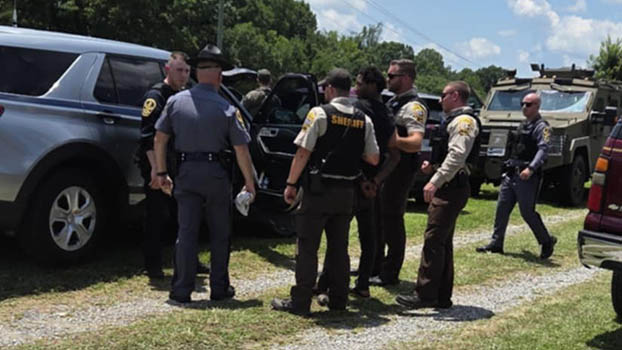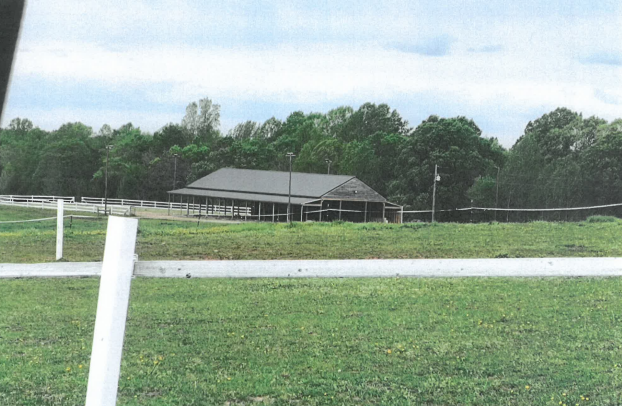COLUMN — Broadband solution is over our heads
Published 6:00 am Friday, July 31, 2020
|
Getting your Trinity Audio player ready...
|
This email is about your editorial dated July 2, entitled “Broadband has become a necessity.”
I agree with you that the divide between “have” and “have not” concerning internet access must be reduced and ultimately eliminated. I agree with you that towns that do not embrace broadband access as a necessity to business will find it increasingly difficult to compete.
What I am happy to disagree with you on is the thought that local governments and the residents of rural areas will have to wait for a solution. The solution is already in place. Broadband internet service provided by Low Earth Orbit (LEO) satellites is currently being tested and developed by companies around the world. In the next few months, we will live in a world where high-speed internet access is available to anyone on the planet who has electricity and can see the sky.
When I was a kid, growing up in Farmville, Pairet’s was a sporting goods store that made custom-printed T-shirts in the back room. One of their bestseller was a shirt that said, “Where the Hell is Farmville, VA?”
I was thinking about those shirts when a question crossed my mind a couple of weeks ago — “Why the hell would Farmville care about outer space?” Since I graduated from Prince Edward County High School in 1993, I’ve become an aerospace engineer. I have worked on some exciting and innovative projects. I take great interest in all things related to space and flight. Still, I’ve begun to wonder if there could be any relevance in space for a farmer in Hixburg or a diesel mechanic living in Rice. I believe these LEO internet satellites are one answer to both our questions.
SpaceX, the rocket and satellite company founded by billionaire Elon Musk, is currently building and launching its versions of the LEO internet satellites. As of this writing (July 27), the company has launched 540 satellites into orbit. Beta testing has begun at company sites around the country (including in Washington and south Texas). It is being rolled out to end-users in the vicinity of the U.S.-Canada border next month. Broader public testing will begin this fall with near global access to be brought online late 2021 to early 2022. At that point, the company expects to have 1,584 satellites on its way to nearly 12,000 satellites in orbit by 2027.
Other companies are working in this area, particularly the financially troubled UK company OneWeb and online retailer Amazon. OneWeb has 74 satellites already in orbit and recently filed Chapter 11 bankruptcy. Industry analysts believe the company isn’t completely dead but may find itself a bandwidth provider for some other company instead of being an all-in-one provider. Amazon is in the early stages of its satellite development, focusing first on ground stations while the satellite design progresses.
Satellite internet shouldn’t be new to the businesses and residents in your area. Services like Hughesnet and Viasat, which utilize high-flying geosynchronous (GEO) satellites, have been around for years. The difference here is in speed, measured in bits per second, and latency, which is the amount of time it takes for a signal to travel from one point to another. GEO sats handle very high data speeds, in the millions of bits per second. LEO sats, on the other hand, are measured in the billions of bits per second. Because of their orbits, GEO sats have a latency measured in the hundredths of a second. In contrast, LEO sats measure latency in the millionths of a second. Performance-wise, LEO sats will be nearly as good, if not competitive, in some areas, with service provided by ground-based internet infrastructures such as DSL and fiber optic cable.
Now comes the fun part — how can global broadband internet help the residents of central Virginia? As you pointed out, having this kind of connectivity will make the new reality of working from home a lot easier for folks living away from the big cities. You could see an increase in the number of individuals and families who want to call these smaller communities home, as more and more folks find crowded cities less desirable. That’s just the tip of the iceberg. Whole new businesses could open up as a result of global connectivity; could you imagine commodities such as feed corn and soybeans trading at the source instead of in a market? Smart appliances that make up the vaunted internet of things (IoT) could find their way into rural economies, with forms such as smart climate control in chicken houses. Automation will also find use in rural areas. The Prince Edward-Gallion State Forest could one day be tended by roving robotic brush mowers turning undergrowth into mulch.
The issues you have raised are genuine; however, I sincerely believe the solution is just over the horizon, and sometimes right above us.
Please look for news about more satellites launching later this month and into next month. Similarly, stay tuned for future innovations coming to a small town near you thanks to global broadband internet.
David Covington can be reached at davidcovington@verizon.net.






